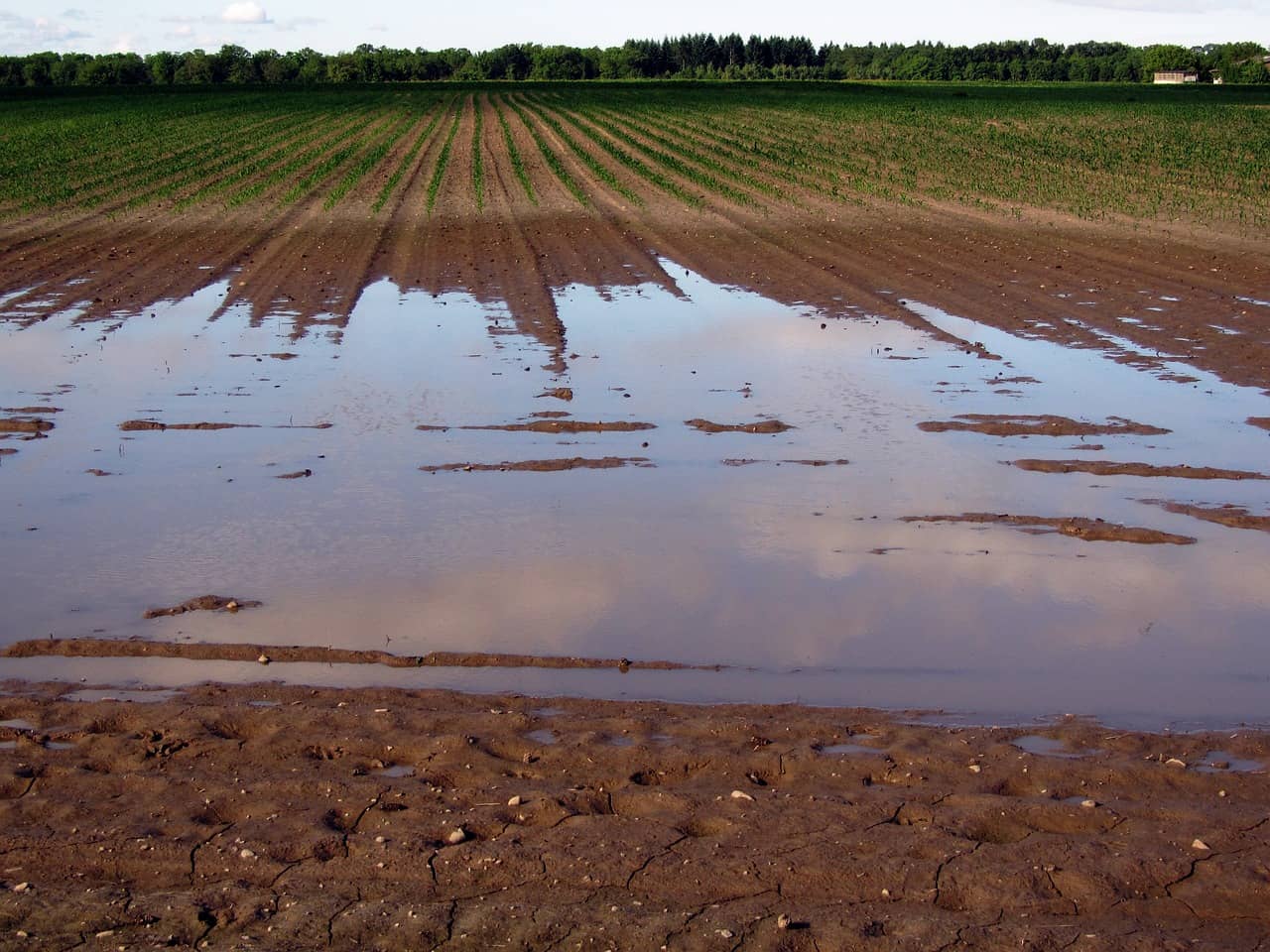
(NewsDakota.com/NDSU) – “Flooding is expected in some rural areas,” says Ken Hellevang, North Dakota State University Extension agricultural engineer. “Now is the time to prepare before water accumulates on the farmstead. Observe where water flows and ponds during the snow melt and consider what needs to be done to reduce future problems.”
The National Weather Service shows the snow water content across much of North Dakota to be 4 to 6 inches. Even with the drought conditions across the state last fall, water ponding and runoff are expected. The snow water equivalent can be viewed at interactive maps on their site at www.nohrsc.noaa.gov/.
The March 23 flood forecast is for moderate to major snowmelt flooding across the Red, Maple and Sheyenne river basins. All the flood information can be viewed at the Grand Forks or Bismarck regional websites.
To protect your home, farmstead and livestock, consider this advice from NDSU Extension:
– Test your sump pump to make sure it is operating properly.
– Move snow away from building foundations if it is more than 2 to 3 feet deep. Each cubic foot of piled or packed snow contains almost 3 gallons of water.
– Assure that downspouts carry water several feet away from the house or other structures. Six inches of compacted snow on 1,000 square feet of roof is about 1,200 gallons of water.
– Move hazardous material such as agricultural chemicals, paint, oil and cleaning supplies to higher locations.
– Have an emergency power source, such as a standby generator.
– Verify adequate drainage around the farmstead.
– Assure that livestock have access to dry ground and their feed is dry and accessible.
– If your septic system’s drain field will become flooded, plug all basement drains and drastically reduce water use in the house. Unbolt toilets from the floor to plug the outlet pipe.
– Use material such as heavy plastic and duct tape to seal your well cap and top of the well casing if necessary to keep floodwater out.
